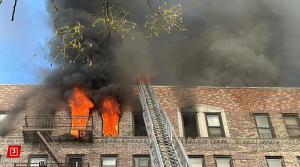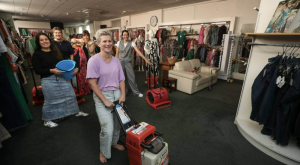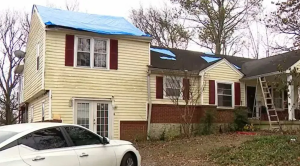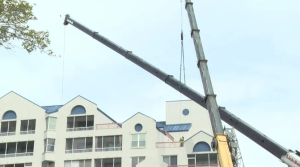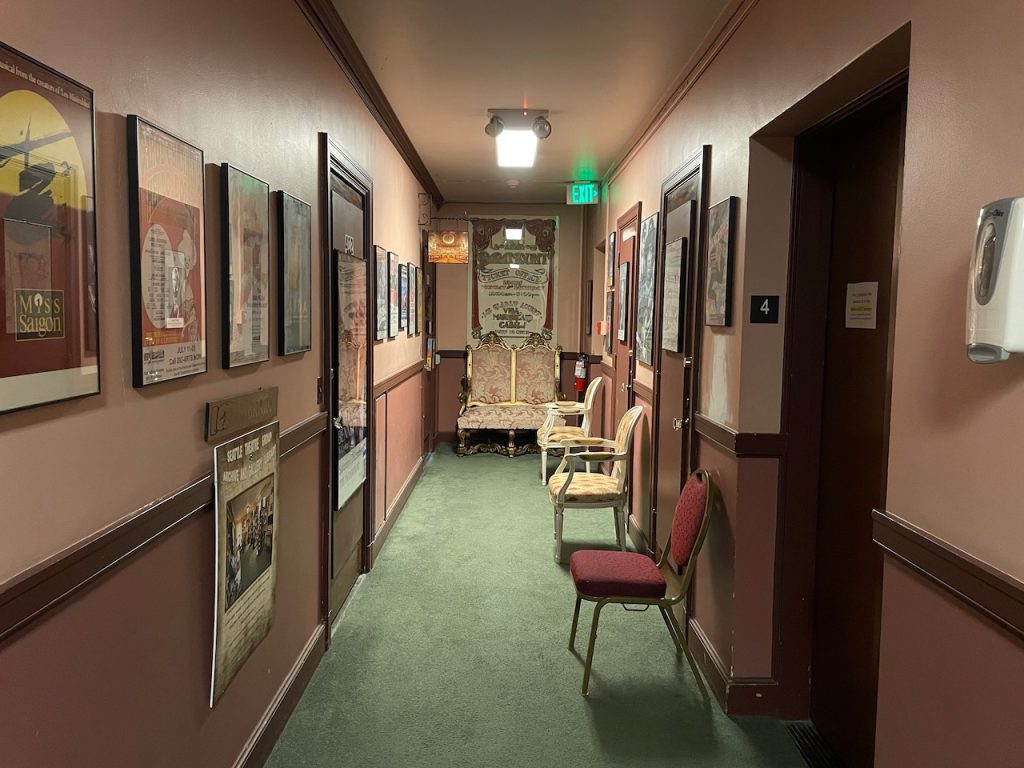
By Ray Dubicki
It would be easy to overlook 911 Pine Street, since it’s a simple alcove that deserves little attention. It doesn’t feature a large marquee with flashing lights, a velvet rope or box office like its neighbor 901 Pine Street. You’re probably on this street because of the show.
The grand lobby of 911 Pine is behind the restricted-access entrance. It’s decorated with ornate mosaic tiles and sculpted columns. Here, it’s not hard to imagine old-time doorsmen wearing fedoras. Two narrow elevators have floral clock faces on either side that show which floor they are at. The alcove that was used for the mail and concierge is now an office reception with monitors. Stanley the Basset Hound is used as an office mascot instead of a Bellhop. While patches of discoloration on the ceiling and electronic wiring boxes can detract the atmosphere, the overall look is still luxurious.
Seattle Theatre Group, among other art organizations, now has offices in what was once an apartment block attached to Seattle’s Paramount Theatre. The apartments are also connected to theater history, though it is not visible in the bright light. It has the same allure, however.
David Allen, a Seattle Theatre Group, a non-profit organization that operates the Paramount and Moore theatres as well as Neptune, has been working on its operations for over 40 years. David Allen, the former chief operating office now has a position as special projects manager. This gives him an opportunity to give special attention to historic buildings.
Allen explained that the original builders planned the 48 residences to be living spaces for performers who will perform in the theatre. The theater was opened in 1928 with apartments that are 32,000 square foot on 7 floors. These apartments are the first artist live-work lofts in New York City.
In newspaper articles from the opening of the building, it was praised for its close proximity to the event venue and how this attracted creatives.
Seattle Daily Times published on October 23,1927 that the Paramount Building at Ninth Avenue and Pine Street would be the first building exclusively designed for aesthetic purposes. Nine stories of apartment and commercial space are being built over the Seattle Theatre to house musicians, sculptors and photographers.
The apartment listing will continue to appear for at least the next twenty years. “Delightful, modern apartments. The rates are not given. It is reasonable to assume that the ads in nearby areas for $40 per month are similar. The price is a bit less than Premiere On Pine, which offers a 1-bedroom apartment at $2450.
It is not known how many studio apartments were occupied by teachers in the Paramount Building at the turn of the 20th century. During the 1950s, it featured prominently in advertisements for acting and music instructors. Walter M. Schlep taught a wide range of classes, from accordion to piano. A full-page circular published in the Seattle Sunday Times on October 17, 1937 listed the “Prominent Teachers of Music Dance and Drama”. They were located at the Paramount Building.
Unfortunately, these advertisements began to fade in the 1950s. They were last mentioned at an estate sale of apartments on April 11, 1980. Allen admits that he was responsible for the change in events. In 1998, the building officially ceased to be used as residential apartment. The organization was not interested in replacing the historical elements as they became irresistible for some residents. The situation was made worse when the building began to wear out.
The building looks like a brick construction when approaching it from I-5’s busy intersection in the north, via Pine Street or Ninth Street. When you get close to the theater, along Pine Street and uphill from there, it is clear that this building actually consists of two separate structures. The bottom floor is a two-story commercial building that connects directly to Paramount’s auditorium, but sadly has no windows. Seven stories above those two floors, there are tightly packed windows. The building was originally used for apartments with only a 10 foot space between it and the auditorium.
The gap between the tenement 101 and the units was filled with mechanical equipment, such as windows or smoke stacks. The current fire code does not approve of such shady practices. Interior stairway doorways have been doubled up with sheetrock, and the windows of the light shaft sealed.
STG let me look at the fire escape plan to demonstrate how the building was designed. At the northern end, there is a hallway that contains four studios with windows facing Pine Street. The opposite wall of the hallway has an elevator, an interior stairway, and an outside stair, which face north. On the 5th floor, four large apartments are located at the southern end. These areas are used as meeting and office spaces, mainly by Seattle Theatre Group.
Hallway renovation services are essential for revitalizing and optimizing this often overlooked area of your home. Hallways serve as crucial pathways, connecting various rooms and areas within your property. Over time, hallways can suffer from wear and tear, becoming dull and uninviting. Professional hallway renovation services offer creative and functional solutions to transform your hallway into a stylish and practical space. This may include wall and floor upgrades, lighting installations, and storage solutions to maximize space utilization. By availing expert Hallway redesign and renovation, you can add character to this transitional area, enhancing the overall aesthetic appeal and functionality of your home. A well-designed and well-maintained hallway creates a seamless flow within your property and elevates your daily living experience It is a valuable investment For more information go here https://ncrestoration.ca/
